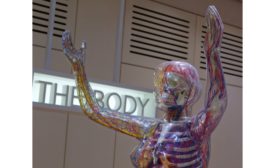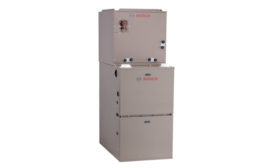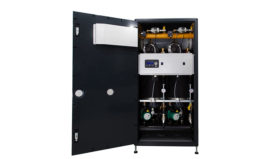Home » Keywords: » thermotechnology
Items Tagged with 'thermotechnology'
ARTICLES
Data shows that the aging brain is more capable of creativity and innovation than its younger counterpart.
Read More
ASHRAE Considers Occupant Health as a Building Performance Metric
Find out the opportunities and challenges from considering occupant health.
August 9, 2019
Ward Off Unhealthy Microbial Invaders with the Proper IAQ
Getting Under Your Skin.
July 10, 2019
Are You Selecting the Proper Decision-Making Persona?
When making mechanical decisions, choose to use the right mental persona.
June 12, 2019
How Indoor Air Quality Impacts Our Psychological Development
Mechanical Engineers Are Now Mental Health Professionals
May 10, 2019
Using Mnemonics to Eliminate Incorrect Assumptions
Don’t overthink a cost-effective HVAC diagnosis.
April 10, 2019
All Bacteria, Viruses, and Fungi Are not Detrimental to the Indoor Environment
Humans and microbes — a once peaceful existence
March 11, 2019
Linking the Human Body and the Laws of Thermodynamics
The human body and the laws of thermodynamics can point us in the right direction.
February 11, 2019
Be in the forefront of the mechanical engineering industry!
Join thousands of professionals today. Shouldn’t you know what they know?
JOIN NOW!Copyright ©2024. All Rights Reserved BNP Media.
Design, CMS, Hosting & Web Development :: ePublishing




